What to wear in Italy?
Getting the right clothing packing list helps tremendously when it comes to not only comfort but also aligning with the country’s reputation for elegance and style.
This guide is your summer-through-winter wardrobe planner in Italy, designed to help you fit in, regardless of where you are in Italy.
Knowing what to wear will make your trip that much more enjoyable and seamless, allowing to explore with confidence and cultural grace.
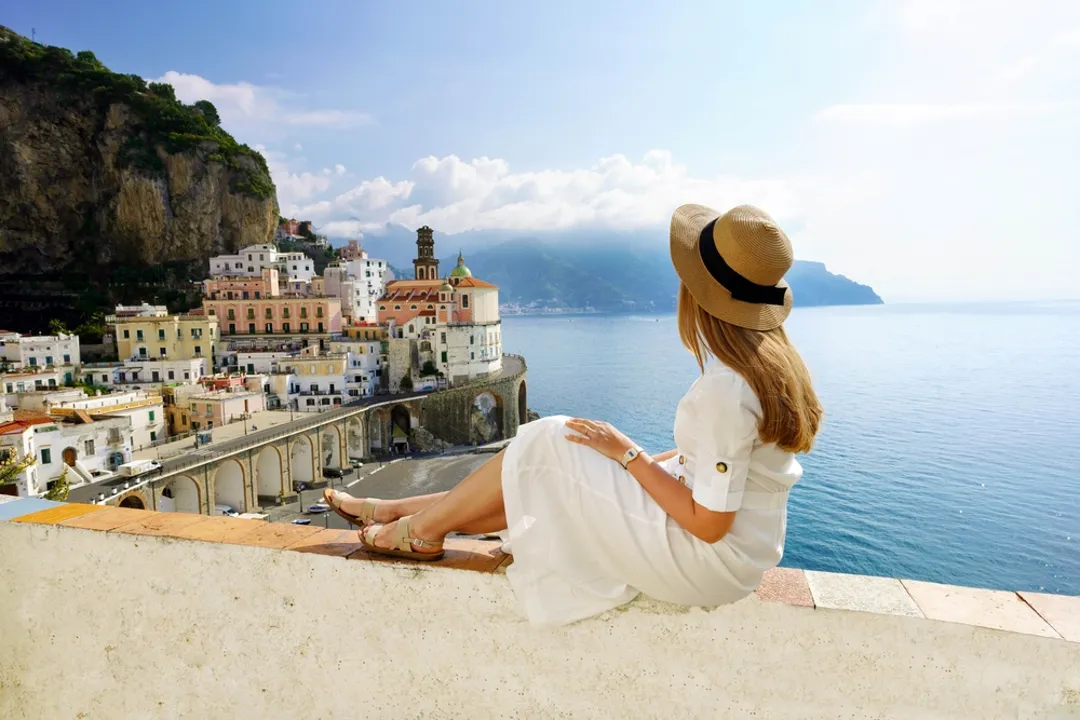
Spring in Italy (March – May)
Northern Italy (e.g., Milan, Turin, Lake Como, Dolomites)
Climate: For the north, spring is cool and wet. March is somewhat cold — especially in the Alps, where you might still get some snow — while by May the north starts to really come alive.
What to Wear: You’ll want a lightweight trench coat, ideally water-resistant. Be sure to pack sweaters, cardigans, and long-sleeve shirts that can be layered. And while you won’t need snow boots, you should bring closed-toe shoes or ankle boots that are waterproof in case of surprise rain. Also, don’t forget a scarf, which can add pizzazz and warmth.
Take an umbrella or a small raincoat in case of unexpected spring showers.
Central Italy (e.g., Florence, Rome, Tuscany, Umbria)
Climate: In the spring, central Italy is cool and comfortable; certainly pleasant, and sometimes quite soggy. However, the weather is usually quite comfortable, and the region is very pleasant to visit.
What to Wear: Look for light knit sweaters or a stylish blazer, which allows you to stay warm without getting too hot. And don’t forget to pack a pair of comfy walking shoes or leather tennis shoes for exploring the old streets. Sunglasses and a light scarf help shield you from both the sun and the breeze.
Southern Italy & Islands (e.g., Naples, Sicily, Sardinia)
Climate: South of here, temperatures rise and the sun shines more frequently, though there are occasional showers in spring.
What to Wear: Opt for cotton shirts and cardigans or a comfortable midi dress. Flat sandals or loafers are best, while a lightweight jacket can be useful for cooler mornings/evenings. From late May and on (especially if you’ll be near the coast), consider even packing a swimsuit, as you could end up with a nice beach day!
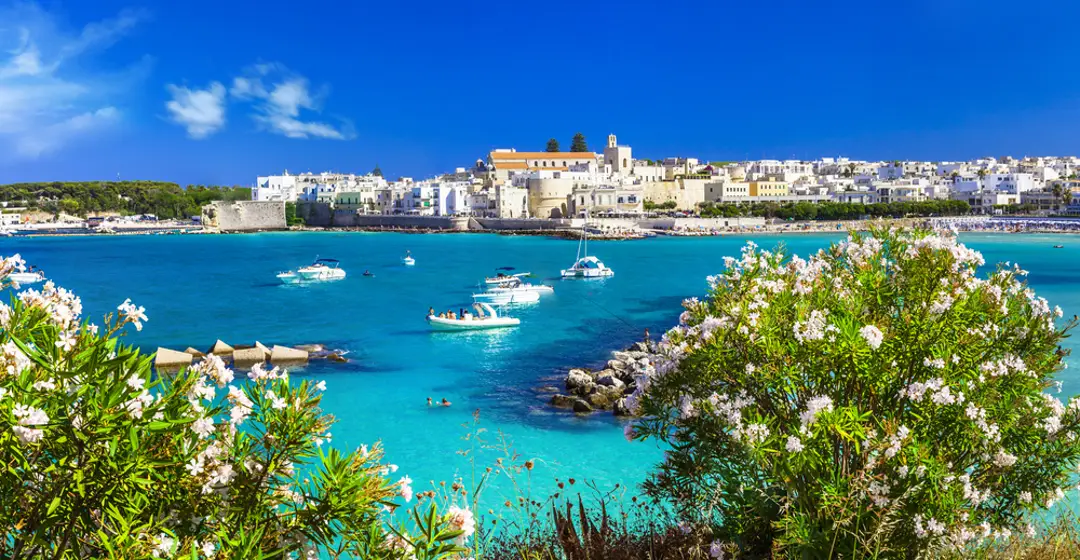
Summer in Italy (June – August)
Northern Italy
Climate: In the summer, the weather in Northern Italy is warm and tropical. Milan can be hot and muggy (and it doesn’t smell great in the summer). The Alps offer a beautiful respite from the heat.
What to Wear: Wear linen or cotton clothing to keep cool. Sunglasses and a hat to block the fierce sun will be your best friends. Just remember, athletic clothing is for hiking or mountain activities — not wandering around the city.
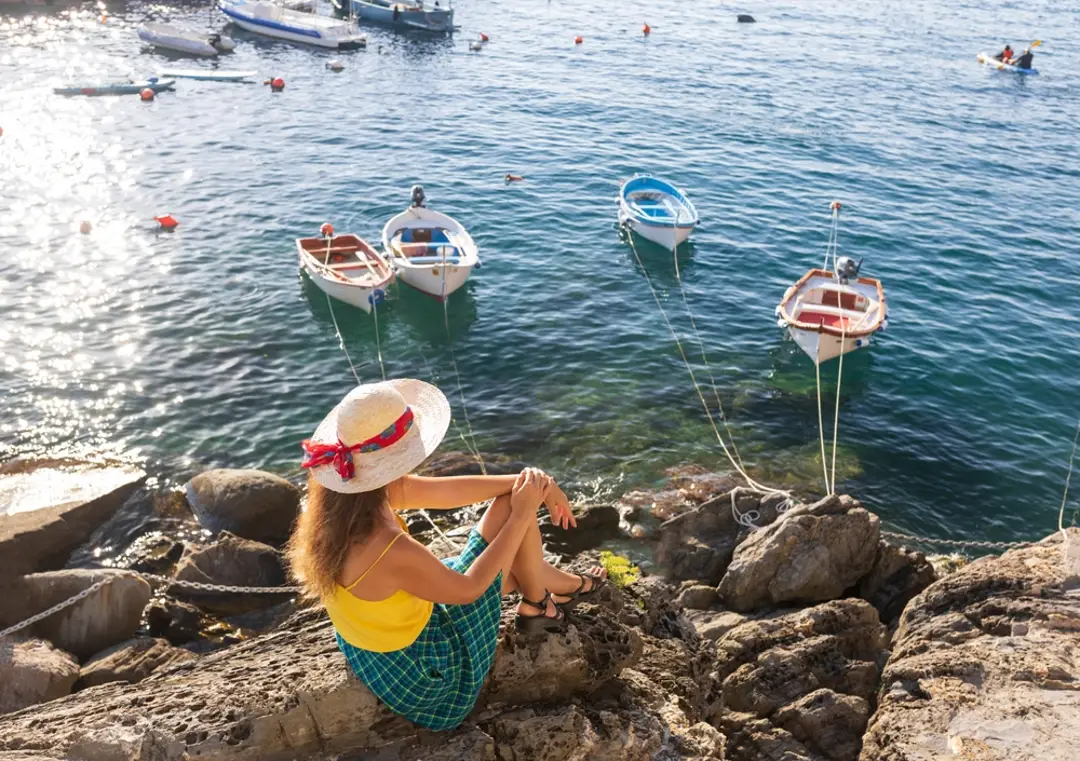
Central Italy
Climate: Central Italy gets hot, hot, hot — especially in Rome and Florence, where it can top 35°C (95°F). It’s a dry heat, but it’s unbearably sunny, making packing light and breathable clothing a necessity.
What to Wear: Opt for tank tops, shorts, and lightweight dresses. Fashionable sandals are great, but save the flip-flops for the beach — they are a city faux-pas. Opt for light, put-together dresses for the city during the day. And have a shawl or light scarf to cover your shoulders when visiting churches.
Southern Italy & Islands
Climate: In southern Italy, the days are hot and filled with endless sun, and the warm breeze that occasionally blows through offers only a hint of relief. Best to be prepared for the heat.
What to Wear: Swimwear is a must for beaches, as are light, flowy cover-ups that you can throw on when you’re in town. Opt for lightweight cotton or linen clothes so you stay nice and cool. Remember your sun hat and make sure to tote a reusable water bottle with you to stay cool!
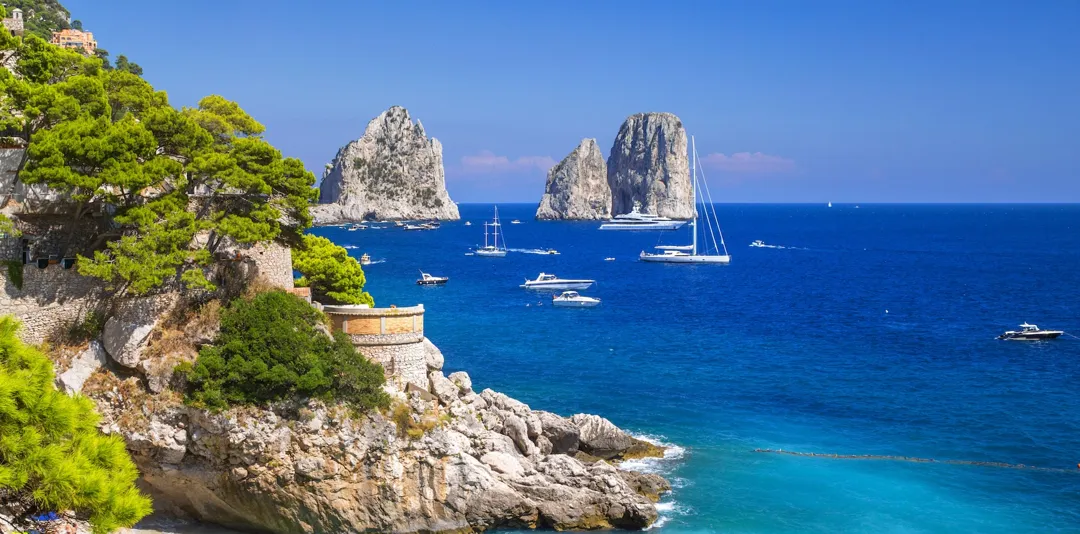
Autumn in Italy (September – November)
Northern Italy
Climate: September is warm, but November is cold and overcast. If you’re in the Alps, don’t be shocked because maybe it snows earlier than you’d expect! Autumn is particularly beautiful here as the temperature swings wildly, but it’s a picturesque and changeable climate.
What to Wear: As the temperature gets cooler, layering becomes more necessary. A light sweater and trench coat make for ideal wear as you wander the town or the country. Closed-toe shoes or booties ensure that you stay both comfortable and fashionable. Scarf, which is not only a fashion statement but also an unexpectedly chill-preventer, and a tiny umbrella for misty days.

Central Italy
Climate: Early autumn is warm and great for exploring the Tuscan countryside or the history of Rome. By late November, it’s much cooler and wetter. The temperatures gradually decline throughout the season but can be unpredictable.
What to Wear: Enjoy stylish layering with denim jackets, sweaters, and chinos or long dresses. These are all versatile are comfortable. They also allow you to adjust if the weather changes halfway through the day. You’ll need some waterproof shoes to better navigate some of those cute and cobblestone streets. Towards late fall, you’ll want a wool blazer or light jacket.
Southern Italy & Islands
Climate: Fall is not as dramatic in the Southern Hemisphere, but there are warm days that last well into October. Evenings can get chilly in April as November approaches, but the days are still pretty warm and long.
What to Wear: Ease into fall by using cardigans or lightweight sweaters that you can throw over your summery items. Days tend to stay pretty casual, while nights require a touch of dress-up. Comfortable loafers or closed-toe sandals make finding grandeur easy. If you’re at the shore, you can continue wearing beach clothes until the end of October, when the sun goes down sooner.

Winter in Italy (December – February)
Northern Italy
Climate: Winter in northern Italy is about accepting the cold. The Alps and Po Valley see quite a bit of snow, so you should plan for sub-zero temperatures. Milan, though less snowy, still has a bit of a bite to the air for winter.
What to Wear: Opt for cozy, warm clothing. Stay warm in a heavy wool coat or a puffer jacket. Layer up with thermals, hats, scarves, and mittens. Waterproof boots are essential to keep your feet dry and warm as you trudge through the snow and slush.
Central Italy
Climate: Central Italy doesn’t get terribly cold in the winter. It can feel damp and chilly, and you might see a little snow. Otherwise, prepare for cold days and make sure you dress warmly.
What to Wear: Winter is all about wool coats, sweaters, and boots to keep warm. To stay warm and stylish, use them to put together fashionable outfits. Pants lined with thermal layers or tights underneath will give you an extra layer of warmth.
Bring an umbrella, as rainy days are sure to come, and don’t forget your gloves for those frosty mornings.
Southern Italy & Islands
Climate: Winter in southern Italy is less intense, but you’ll still want to bring a warm coat (especially for the cooler nights). There are some occasional rainy days, so come prepared.
What to Wear: Medium-weight jackets and sweaters are great for all the layering that takes place during mild winter days. Shoes you won’t mind getting wet in the occasional rain is best if you’re spending time in the wetter coastal towns. A couple sweaters you can layer up allow flexibility with the thermostat so you’re warm but not sweating.

What to Wear for Specific Occasions
Visiting Churches and Religious Sites
When you visit Italy’s stunning churches and holy areas, it’s crucial to dress appropriately. That means keeping your shoulders and your knees covered if you’re a man or a woman. Women should consider carrying a shawl or light scarf to make this easier.
Long shorts or pants are ideal so you feel cool and still conform to the rules.
Dining Out and Evenings
In Italy, evenings are an opportunity to dress up a bit and feast on amazing food.
Even if you’re just headed to a trattoria, you’re still expected to dress smart casual. Men should wear trousers and a collared shirt, women should wear a dresses or fashionable separates.

Beach Holidays
Heading to the beach in Italy? Dress casual and trendy.
Though it’s ok to wear a swimsuit while you’re at the beach or pool, don’t do so while you’re in town or in public areas. Instead, opt for fashionable cover-ups or light clothing for anything away from the beach.
Hiking or Outdoor Activities
If you’re going to be doing outdoor activities, you need some functional, but stylish, activewear.
You need clothes that are comfortable while hiking but that won’t make you look so out of place if you decided to head into a nearby town after your hike. Have a pair of nice pants and a shirt to change into.

Considerations for All Seasons
Fashion Sense
In Italy, people are incredibly stylish and it seems like they do it without even trying! You won’t see too many people walking around in “ratty” clothing here, and wearing workout gear when you’re not working out is a big no-no.
Footwear
In Italy, especially in cities like Rome and Florence, you’ll find those charming cobblestone streets I love to hate. This is where comfortable and durable shoes come in. While flip-flops may be great for the beach, leave them there and not on the street.
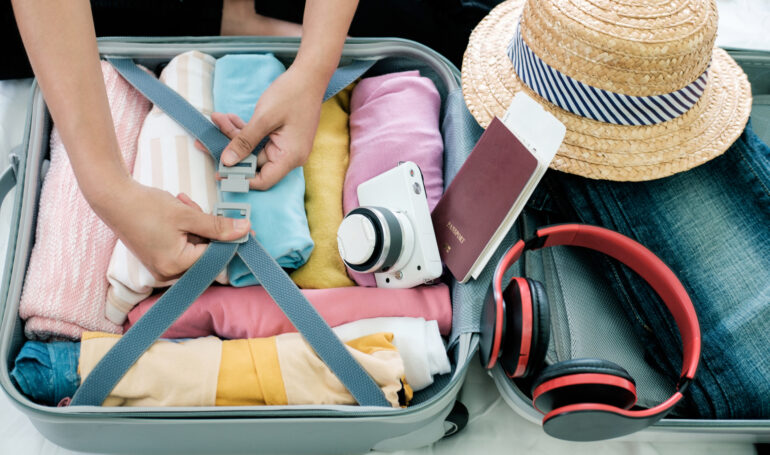
Packing Tips
Traveling lightly with one is essential – you never know what the weather’s going to do! With Italy’s wildly varying temperatures in the spring and fall, your best bet is to pack several light layers so you’re ready for whatever.
FAQ
1. What should I wear for dining out in Italy?
Shirts and trousers are fine, dresses too. No need for suits or too formal attire, just be smart casual.
2. Is it common to wear bright colors in Italy?
Neutrals and earthy hues, of course, dominate, but you’ll spot bold colors too, especially on summer clothing.
3. What is smart casual attire for Italy?
So keep it neat but casual, so wear types of pants or dresses you would wear with any nice top.
4. Should I bring formal wear to Italy?
You don’t need to dress up much unless you are going out for a fancy dinner. Smart casual will suffice if you go anywhere in the eve.
Conclusion
Fashion is an art form in Italy. It’s more than just about clothing though. It’s culture, pride, and elegance.
By learning local fashion, dressing for each season/occasion, and following cultural norms, you’ll avoid standing out and gain a deeper travel experience.
So, pack light, dress smart, and always keep in mind that in Italy, the clothes make the man.
